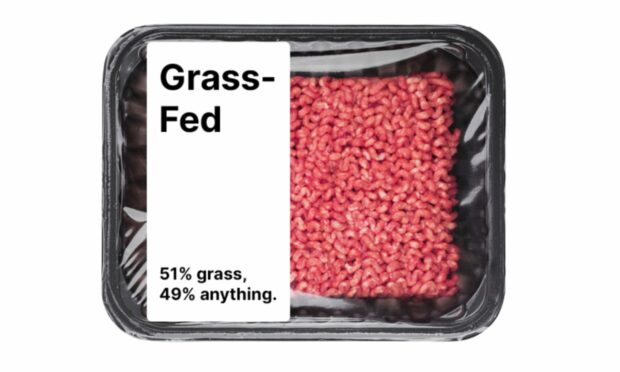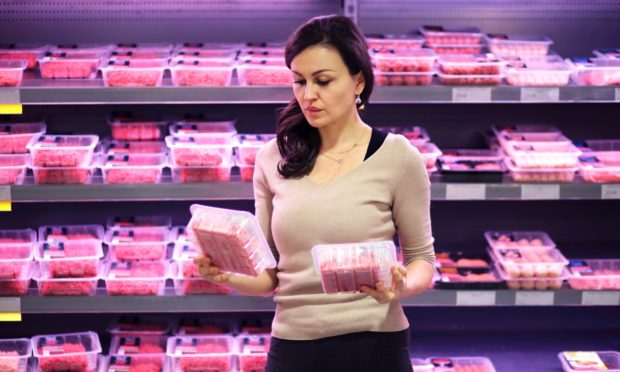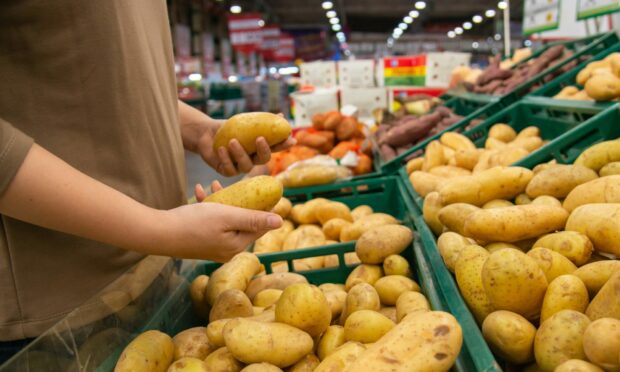A group of rural and farming bodies have joined forces to lobby for a new mandatory labelling system for all types of food.
The Consortium for Labelling for the Environment, Animal Welfare and Regenerative Farming (C.L.E.A.R) has a range of membership bodies across the UK including the Soil Association, RSPCA, Pasture for Life and the Game & Wildlife Conservation Trust.
Launched at the Groundswell regenerative agriculture event in Hertfordshire, the group is calling for the creation of a mandatory labelling system which includes information on method of production.
It also wants country of origin labelling to be extended to include all raw and processed foods, and for the establishment of a set of regulated definitions of key terms relating to ethical or sustainable production.
“We believe that developing clear, accessible food labels will respond to the consumer’s desire for greater transparency over how their food is produced,” said C.L.E.A.R chairman, Fidelity Weston.
“This will allow food that is made to higher standards to be differentiated in the marketplace and eliminate any labelling that falsely conveys better levels of production.”
Consumer benefits
Mrs Weston said a new food labelling system would give consumers “clear, fact-based information” to help them decide what food to buy.
“Farmers will be able to distinguish themselves from others producing to lower standards, and food retailers and the hospitality sector can avoid the technical and financial challenges of having to devise their own labels,” she added.
C.L.E.A.R has launched a petition to garner support for its labelling proposals and the group is also urging consumers to share pictures of any unclear food labels they find in the shops to the group’s Instagram account at @clearfoodlabeluk
“We are delighted that so many organisations have joined the consortium so quickly and support C.L.E.A.R in its aims,” said Mrs Weston.
The petition can be found on the C.L.E.A.R website at www.clearfoodlabeluk.org
Two-phase approach
C.L.E.A.R has called for changes to labelling to be made in two stages.
The first stage calls for mandatory method of production on-package labelling for poultry and pork in retailers, and an extension to country of origin labelling to include raw and processed foods in retailers.
It also calls for the establishment of a set of regulated definitions of key terms frequently used on food labelling to “reduce practices which falsely convey ethical or sustainable methods of production”, and a consultation to establish a road-map for implementing these changes.
The second phase calls for mandatory method of production on-package labelling to be extended to all types of produce – including beef, lamb and vegetables – and to include raw and processed food for all sectors and point of purchase.
Lastly, C.L.E.A.R wants a new data-driven national framework to be set up to support the adoption of the new mandatory labelling standards.
It says the framework will provide a standardised self-assessment for producers, an audit of pre-existing certification bodies that have the resource to ensure compliance, and also a robust inspection scheme.
“If we are to understand how our food choices impact nature, animal welfare, our health and the well-being and livelihoods of farmers, we need food labels that tell us how our food is farmed, grown, reared and processed,” added Mrs Weston.
“Then we can all make informed decisions.”


